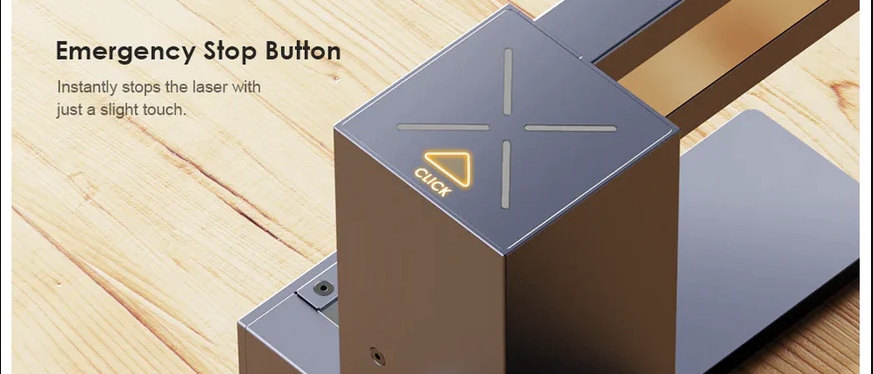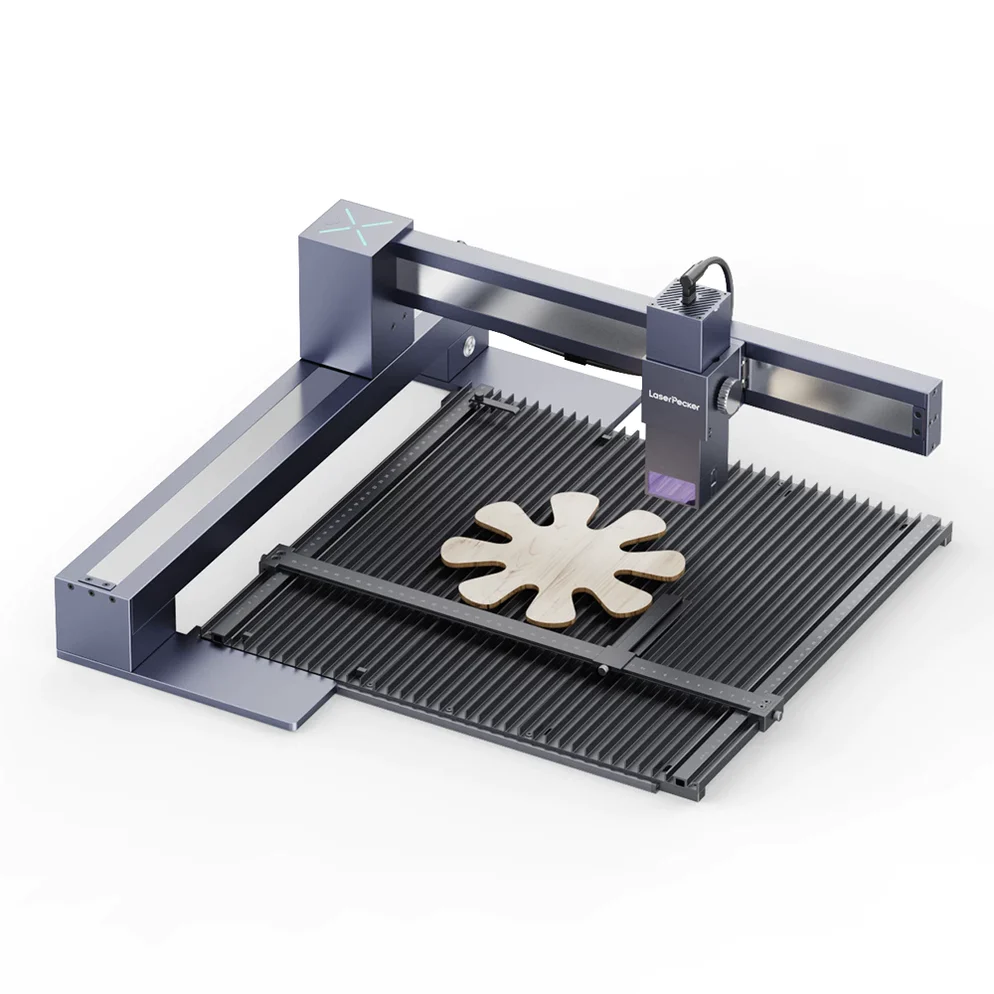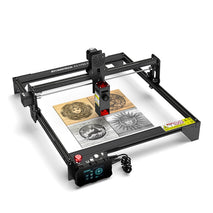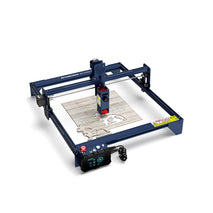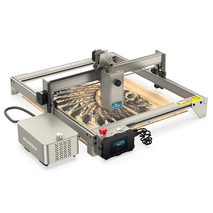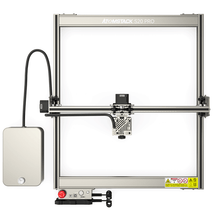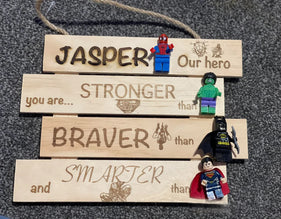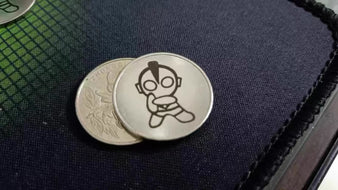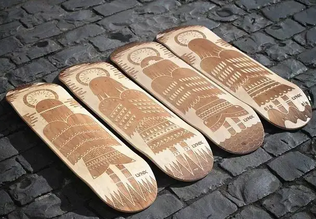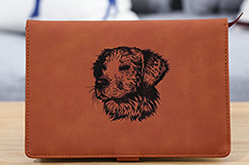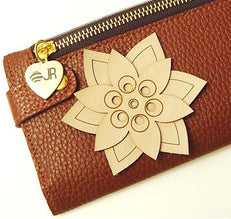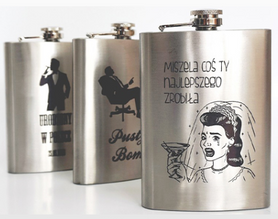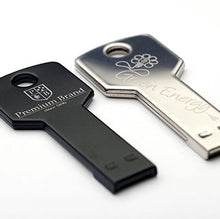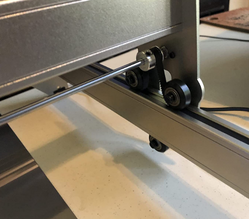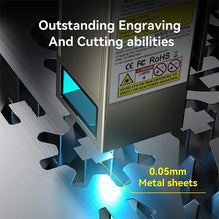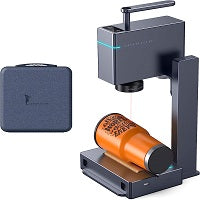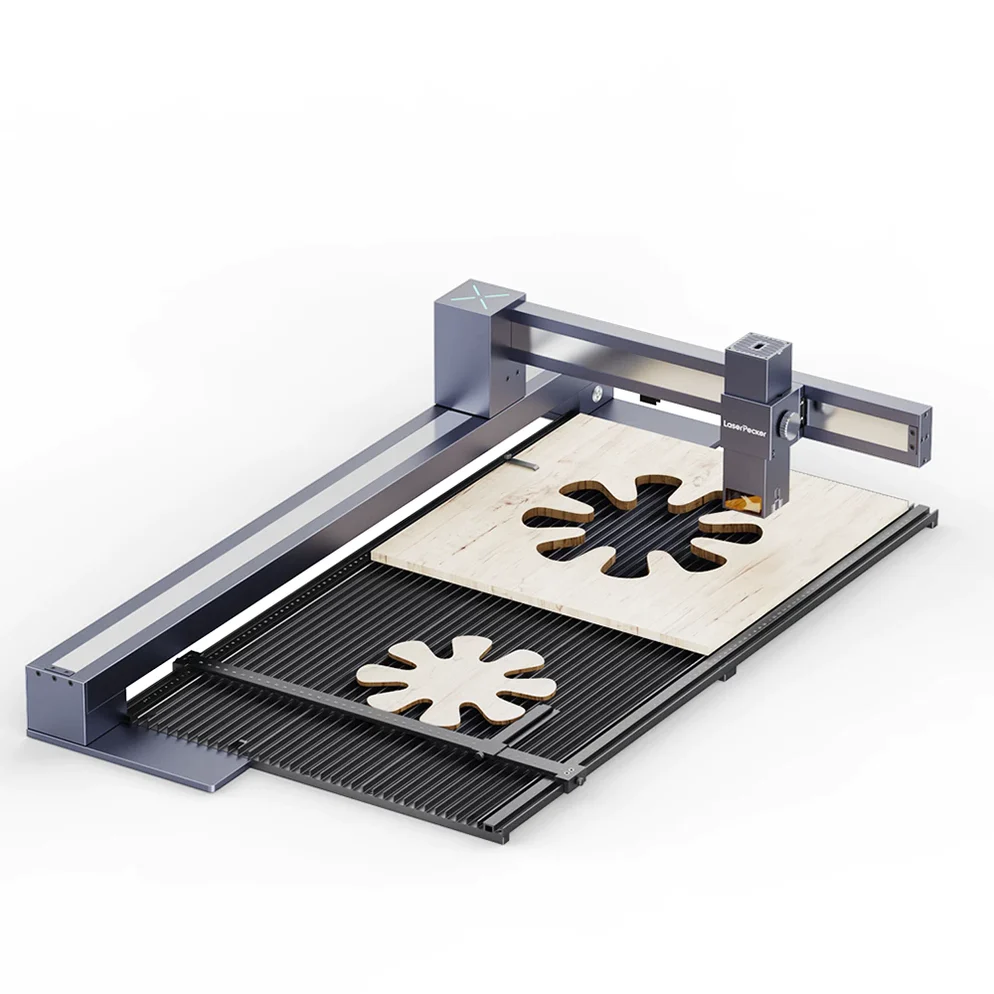
The difference between laser etching and engraving
Manufacturing has many interchangeable terms that people get confused due to lack of information. Two of the most common interchangeable terms are laser etching and laser engraving, especially in industries that require a fast, accurate process to create permanent markings for part traceability and identification.
Laser etching and engraving is a subset of laser marking. They form a collection of important marking techniques such as laser annealing, ablation, forming, etc. Before deciding whether to laser etch or engrave for your project, you need to understand the process.
How is laser etching different from laser engraving?
Yes, they are different. Although people can use these processes interchangeably because they are suitable for marking many kinds of products, they should not do so. The main difference between laser etching and engraving is what happens on the workpiece.
On the one hand, laser etching uses high heat to melt and raise the surface of the workpiece. As the surface cools, a design is formed. Laser engraving, on the other hand, vaporizes the surface of the workpiece, cutting out deeper cavities as designs. Other differences between the two processes are also evident in compatible materials and yields. All of these will be covered in this article.
What is Laser Etching?
Laser etching is a process in which a laser beam releases a large amount of energy at specific intervals to create marks on a surface.
During this process, the energy absorbed by the material is converted into heat, which melts and expands the workpiece surface on a microscopic level. Due to the absorbed heat, the surface also becomes malleable, changes locally, and changes in color. The surface cools after expansion, local changes and color changes that produce permanent markings.
Metals are the most commonly used materials for laser etching. Examples include different grades of aluminum, anodized aluminum, stainless steel and zinc. The method is also suitable for electroplating, anodizing and bare metal surfaces.
The list of materials compatible with laser etching is not exhaustive. Other materials include non-metallic materials such as glass, polymers and ceramics. Also, since the material determines the quality of the mark, you should consult a laser etch specialist to find out what to do.
Advantages of Laser Etching
The process is common in industries such as the medical components industry and the automotive industry. Here are a few reasons why you should consider this process:
High precision: Due to the use of lasers, it is highly accurate and precise, ideal for marking small details on different products such as jewelry.
The process is very fast: productive and time-saving. It is twice as fast as other laser marking technologies. Due to the fast process, it is very important for those who want to mass produce markings quickly or with short deadlines.
Wide range of applications: it is compatible with a variety of materials such as metal (the most common), paper, wood and acrylics. Therefore, its application is extensive.
EFFECTIVE ON THICK AND THIN MATERIALS: It is compatible with both thick and thin materials, making it an efficient or versatile metal fabrication process for engraving fine art designs.
Cost-Effective Process: This is a very cost-effective process for consistently manufacturing precision parts. For example, laser marking machines don't take up much power. Therefore, the running cost is lower.
Disadvantages of Laser Etching
Although it has its advantages, the process also has its disadvantages. Here are some of its disadvantages:
Less durable: Marks made with this process are less abrasive and tear-resistant than laser engraved marks. Therefore, they are less durable.
Fiber lasers can only achieve results: fiber laser marking machines are the only compatible machines for this process. This is because metal (the most common support material) absorbs the fiber laser marker wavelength (1064 nm) better than other laser markers. This limitation affects the use of smaller metal fabrication processes.
What is laser engraving?
The laser engraving process releases enormous amounts of energy that act like a chisel on the surface of the workpiece to create deep and permanent designs. This process is a common method for marking products that have been subjected to abrasive or rough surface treatments.
Metal is also the most common laser engraved material, the most common of which is stainless steel. Other metals are brass and titanium. The process is also compatible with other materials such as fiberglass, wood and paper, and uses fiber optic or CO2 laser marking machines. Therefore, it is applicable to both metallic and organic materials.
Advantages of laser engraving
Here are a few reasons why you should consider this process:
Tactile Marking: Engraved markings are easily discernible by touch and sight. This is because engraving also creates cavities in the workpiece.
Abrasion and Tear: Due to the deeper and aggressive cutting action, engraved markings are more resistant to abrasion and tear than laser etched surfaces. Therefore, it is more suitable for products used in harsh conditions.
Fast and Efficient: The process is also fast and efficient compared to traditional engraving. Therefore, it is very suitable for mass production.
Disadvantages of laser engraving:
Use more energy: Due to the use of higher intensity laser engravers, more energy is required. Therefore, the cost increases. Energy use becomes more frequent when materials such as stainless steel are used.
Less versatile: It is a less versatile method compared to laser etching due to the limitations of the types of materials it is compatible with. For example, it is not suitable for marking materials used in corrosive conditions as it would speed up the process. This and other factors are some of the limitations of the range of applicability of this technique.
Laser Etching and Engraving: Depth of Cut
One obvious difference is the depth of cut, which plays an important role in the visibility and abrasion resistance of the marking.
Laser engraving has a deeper cutting depth than other laser technologies because it removes more material. Typically, metals are cut to a depth of 0.020 inches. However, the depth of cut depends on the hardness of the material and the power rating of the laser marking machine. For example, soft materials are easier to cut than hard materials, and they have a maximum engraving depth of 0.125 inches.
Laser etching melts the surface with little to no cutting action. However, in some cases, the indentations produced may have a depth of cut of about 0.001 inches.
Laser Etching and Engraving: Yield
Engraving is the most cost-effective option for fewer labels, while laser etching is the most cost-effective option for higher volumes because of its greater versatility.
Laser Etching & Engraving: Durability
Laser engraved marks are more durable than laser etched products. It's fast and precise. However, it only melts the surface of the material without indentation. Therefore, laser etched marks do not have good wear and tear resistance compared to engraved marks. Generally, etch markings have a service life of about 5 to 10 years, so they are not suitable for manufacturing heavy products or products exposed to harsh conditions.
Laser engraved products are very durable due to the deeper indentation. They take longer to wear off. Durability also increases when using a powerful laser engraver as it will provide a deeper mark.
Laser Etching vs. Engraving: Costs
Laser engraving costs more than laser etching because it requires more time and more powerful machines and laser technology. Other factors that affect cost include:
Materials: Hard materials require more time and powerful machines, further increasing the cost of marking.
Design/Character Size and Depth: The more complex the design, the more expensive it will be to etch or engrave.
Yield: The higher the output, the lower the price. Therefore, larger yields are desirable.
Laser Etching and Engraving: Applications
Both processes have similar applications. However, the specifications of the project in terms of durability, easily discernible markings, etc., play an important role in the suitable method. Both methods are suitable for making the following:
Light commercial use: Both methods are important for personalized art and light commercial products such as metal card holders, nameplates, metal pens, and jewelry.
Industrial use: Both methods are suitable for marking products used in heavy industries such as aerospace, automotive and transportation. However, you should consider the durability of the markings during this process.
Why is laser etching and engraving important?
These two processes are important because they ensure part traceability. Parts traceability involves marking products with a code or number that reflects the product's manufacturer, specifications and other details. This is an important regulation for many industries, such as manufacturers of medical devices and aerospace components, to improve the safety and reliability of their products.
They provide simple, efficient marking and permanent marking for part traceability. As a result, manufacturers can quickly and easily identify freelance space and make critical recall and warranty decisions with ease.
Choose etching or engraving for your application
Although the two processes are similar, they have a number of significant differences that affect their applications. Generally speaking, laser etching is more suitable for less durable artistic products, while laser engraving can produce highly durable products.
Need to laser mark your machined parts? HTPOWLASERS provides custom laser etching and engraving services according to your needs.
